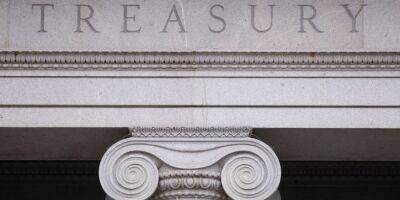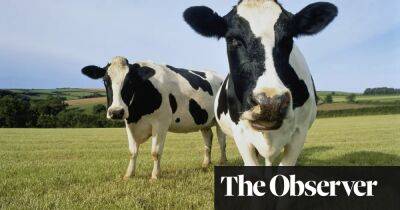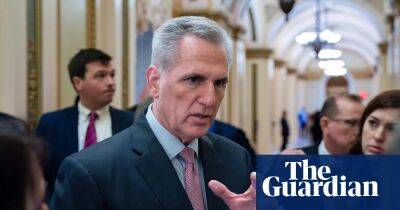Who owns and profits from the duchies of Lancaster and Cornwall? – timeline
The duchies of Lancaster and Cornwall are two vast property empires that generate private income for the monarch and the monarch’s male heir respectively.
The Guardian has revealed how the money drawn from them by Queen Elizabeth II and Prince Charles soared in recent decades: the pair have extracted the equivalent in today’s money of £1.2bn from the estates over the last 70 years.
What is Cost of the crown?
Cost of the crown is an investigation into royal wealth and finances. The series, published ahead of the coronation of King Charles III, is seeking to overcome centuries of secrecy to better understand how the royal family is funded, the extent to which individual members have profited from their public roles, and the dubious origins of some of their wealth. The Guardian believes it is in the public interest to clarify what can legitimately be called private wealth, what belongs to the British people, and what, as so often is the case, straddles the two.
• Read more about the investigation
The new heir to the throne, Prince William, as the Prince of Wales and the Duke of Cornwall, can expect a similar income. There is little transparency about how duchy money is spent. Buckingham Palace insists the duchies are “private” estates, and the current UK government agrees.
But for centuries a debate has raged over who really owns the duchies, and who is entitled to their profits: the royals or the people.
The origins of the Duchy of Lancaster go back to the late 13th century and a revolt by feudal lords seeking to limit the powers of the king and gain some representation. When Henry III defeated the revolt in 1265, he seized lands of the leading rebel, mainly in the north of England, and gave them to his second surviving son,
Read more on theguardian.com
















